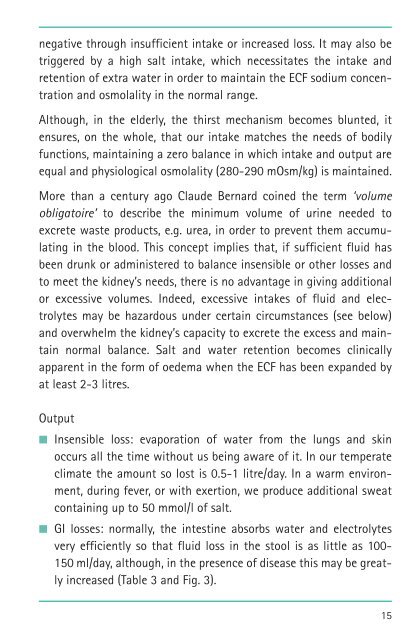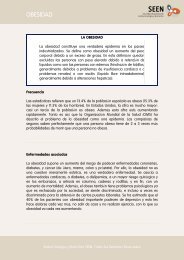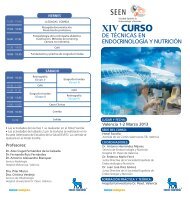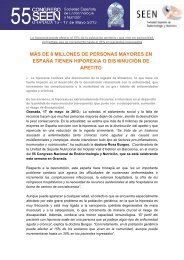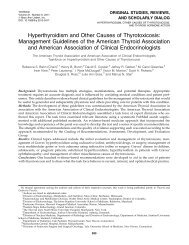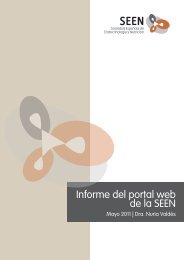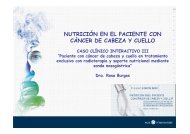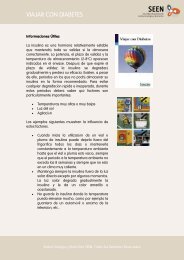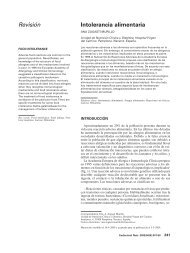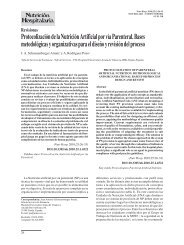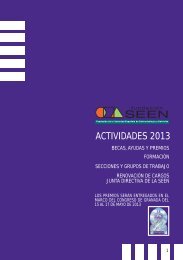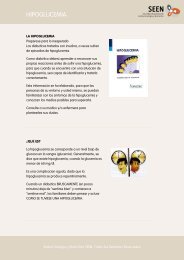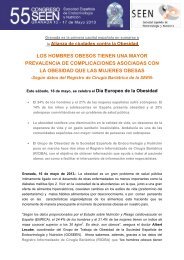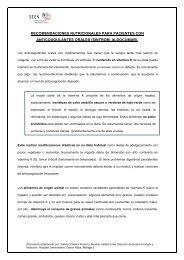Basic Concepts of Fluid and Electrolyte Therapy
Basic Concepts of Fluid and Electrolyte Therapy
Basic Concepts of Fluid and Electrolyte Therapy
You also want an ePaper? Increase the reach of your titles
YUMPU automatically turns print PDFs into web optimized ePapers that Google loves.
negative through insufficient intake or increased loss. It may also be<br />
triggered by a high salt intake, which necessitates the intake <strong>and</strong><br />
retention <strong>of</strong> extra water in order to maintain the ECF sodium concentration<br />
<strong>and</strong> osmolality in the normal range.<br />
Although, in the elderly, the thirst mechanism becomes blunted, it<br />
ensures, on the whole, that our intake matches the needs <strong>of</strong> bodily<br />
functions, maintaining a zero balance in which intake <strong>and</strong> output are<br />
equal <strong>and</strong> physiological osmolality (280-290 mOsm/kg) is maintained.<br />
More than a century ago Claude Bernard coined the term ‘volume<br />
obligatoire’ to describe the minimum volume <strong>of</strong> urine needed to<br />
excrete waste products, e.g. urea, in order to prevent them accumulating<br />
in the blood. This concept implies that, if sufficient fluid has<br />
been drunk or administered to balance insensible or other losses <strong>and</strong><br />
to meet the kidney’s needs, there is no advantage in giving additional<br />
or excessive volumes. Indeed, excessive intakes <strong>of</strong> fluid <strong>and</strong> electrolytes<br />
may be hazardous under certain circumstances (see below)<br />
<strong>and</strong> overwhelm the kidney’s capacity to excrete the excess <strong>and</strong> maintain<br />
normal balance. Salt <strong>and</strong> water retention becomes clinically<br />
apparent in the form <strong>of</strong> oedema when the ECF has been exp<strong>and</strong>ed by<br />
at least 2-3 litres.<br />
Output<br />
Insensible loss: evaporation <strong>of</strong> water from the lungs <strong>and</strong> skin<br />
occurs all the time without us being aware <strong>of</strong> it. In our temperate<br />
climate the amount so lost is 0.5-1 litre/day. In a warm environment,<br />
during fever, or with exertion, we produce additional sweat<br />
containing up to 50 mmol/l <strong>of</strong> salt.<br />
GI losses: normally, the intestine absorbs water <strong>and</strong> electrolytes<br />
very efficiently so that fluid loss in the stool is as little as 100-<br />
150 ml/day, although, in the presence <strong>of</strong> disease this may be greatly<br />
increased (Table 3 <strong>and</strong> Fig. 3).<br />
15


